Owning a second home in some of the most desirable locations in the U.S. might be a dream, but it comes with a hefty price tag — and it’s about to get even worse. In 2025, several counties will implement higher taxes on second homes, with some even targeting out-of-state buyers. As housing costs rise and demand for vacation properties increases, local governments are looking to curb the trend of absentee owners. These new policies are designed to keep more homes available for local residents and prevent speculative buying, but they could leave second-home owners with a significant financial burden.
1. Napa County, California

Napa County has long been known for its luxurious vineyard estates and scenic views, making it a popular destination for second-home owners. However, local officials are starting to impose higher taxes on non-owner-occupied homes, primarily in response to rising housing costs. The county hopes these new taxes will encourage investment in affordable housing projects and reduce the influx of part-time residents who use their properties as vacation homes. According to North Bay Business Journal, this policy aims to preserve the area’s housing stock for full-time residents, keeping home prices stable and manageable for the local workforce.
The new tax measures specifically target properties that remain vacant for long periods, requiring owners to pay additional fees if they don’t meet certain occupancy requirements. Property owners with vacant homes are also facing additional property assessments, which will increase the annual cost of owning a second home. Local residents have expressed support for these changes, arguing that part-time owners are contributing to the area’s housing crisis. As the demand for vacation rentals and luxury properties continues to rise, Napa County is hoping to strike a balance between tourism and long-term community stability.
2. Jackson Hole, Wyoming
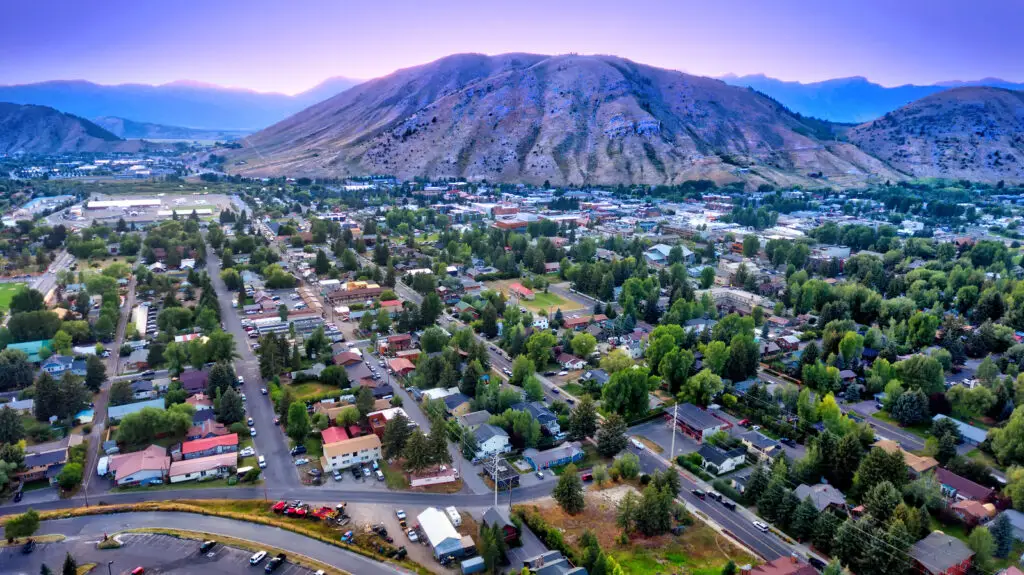
Jackson Hole is a picturesque destination known for its access to skiing and nature, making it a hotspot for wealthy second-home buyers. However, the influx of luxury buyers has led to skyrocketing housing prices, forcing local residents to live farther away from their jobs and amenities. As a result, Jackson Hole officials are ramping up taxes on second homes to help fund affordable housing projects and discourage investors from purchasing homes they don’t plan to occupy. According to WyoFile, nearly half of the homes in the area are owned by people who only visit a few times a year, contributing to the area’s housing shortage.
Local officials hope these tax increases will encourage owners of second homes to either rent out their properties to locals or put their homes on the market. Tax hikes for non-residents will specifically target properties that remain vacant for extended periods, ensuring that the local housing supply is more accessible to full-time residents. For owners of seasonal homes, this could mean a significant increase in yearly taxes, especially for properties that are often rented out through platforms like Airbnb. Jackson Hole aims to create a sustainable balance between tourism and community welfare by ensuring housing remains accessible to those who live and work in the area year-round.
3. Aspen, Colorado
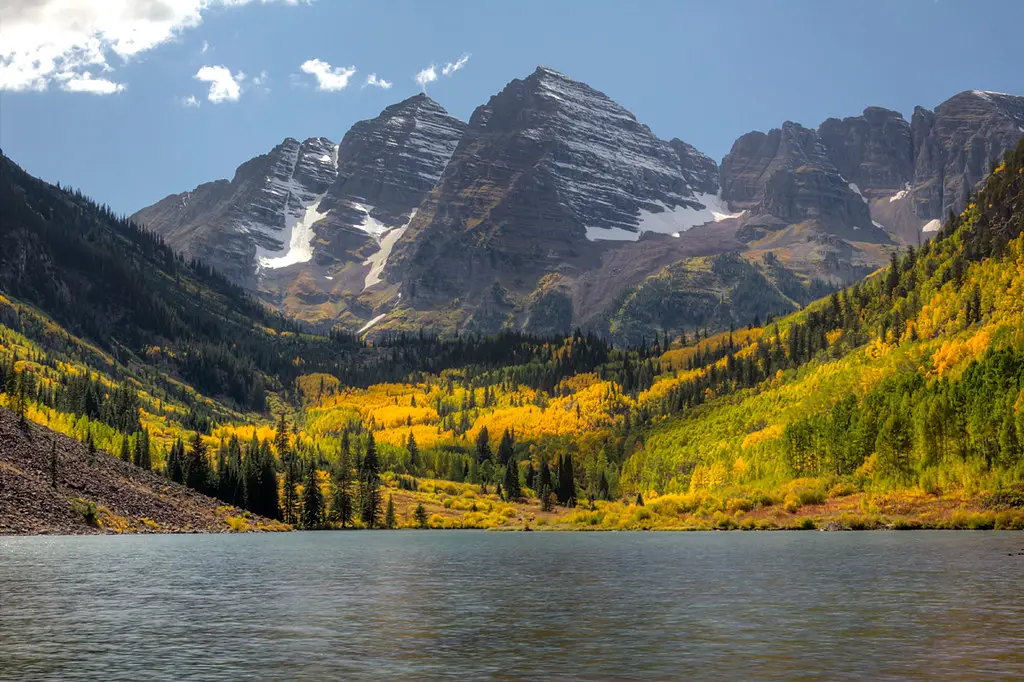
Aspen, long known as a luxury resort town, is facing growing pressure from residents to curb the rising number of second homes and vacation rentals. In response, local officials are implementing a new tax structure that will make owning a second home in the area far more expensive. According to the Aspen Times, these changes are aimed at ensuring that more homes are available for full-time residents, rather than for wealthy investors looking for vacation properties. The new taxes will target properties that are left vacant for more than a certain number of days each year, encouraging owners to either rent them out or sell them to people who will use them as their primary residence.
These tax hikes are part of a broader movement across ski towns in Colorado to keep the housing market affordable for local workers. Property owners in Aspen are already seeing higher costs associated with their second homes, and the new tax increases could push some buyers to reconsider their investments. The city council hopes that by discouraging absentee ownership, they can help stabilize the housing market and create more opportunities for local families. However, for those looking to invest in second homes in Aspen, these new taxes will undoubtedly be a financial challenge.
4. Maui, Hawaii
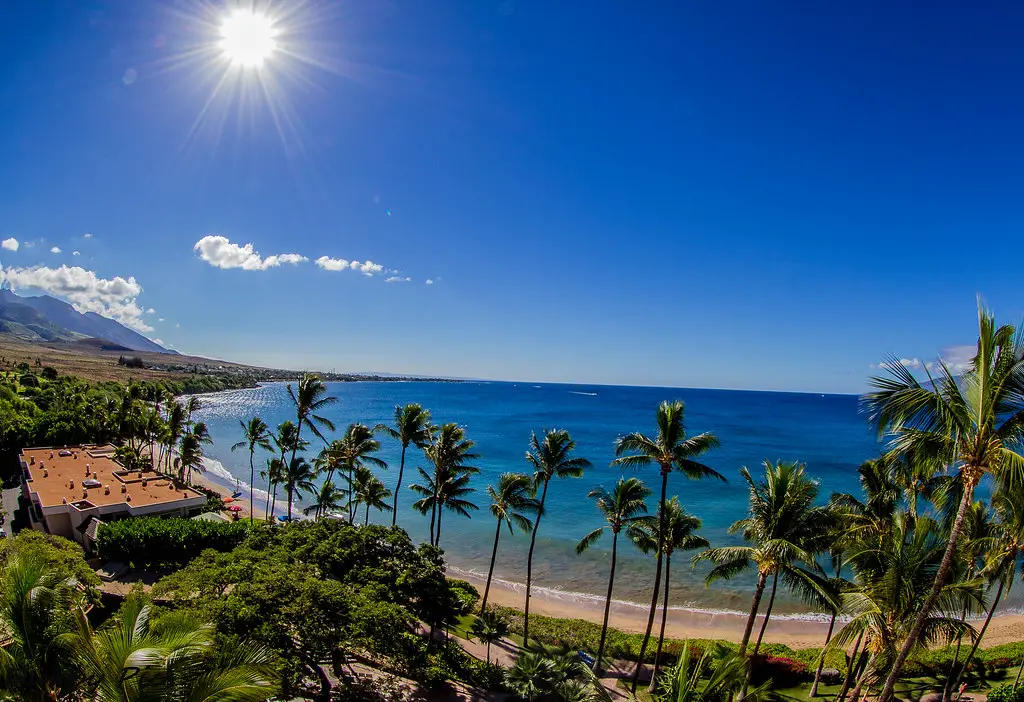
Maui is a prime destination for vacation home buyers, with its lush landscapes and stunning beaches attracting high-net-worth individuals from all over the world. However, the growing number of absentee owners has put a strain on the local housing market, leading to unaffordable rents for local residents. As a result, Maui’s government has started imposing higher property taxes on second homes, particularly those that are vacant for extended periods. According to Mansion Global, the county’s new tax structure is designed to encourage more permanent residents and discourage speculative real estate practices in the area.
Maui’s tax hike strategy is aimed at encouraging second-home owners to either rent out their properties to locals or sell them to individuals who plan to make the area their primary residence. The county is facing an ongoing housing crisis, and these new measures are intended to curb the negative impacts of foreign investment on the local market. While some property owners may balk at the new taxes, others may view it as an incentive to rent out their homes to long-term residents, helping to ease the housing shortage. As Maui continues to grapple with rising living costs, these tax policies are becoming a critical part of the county’s efforts to protect affordable housing for locals.
5. Santa Fe, New Mexico
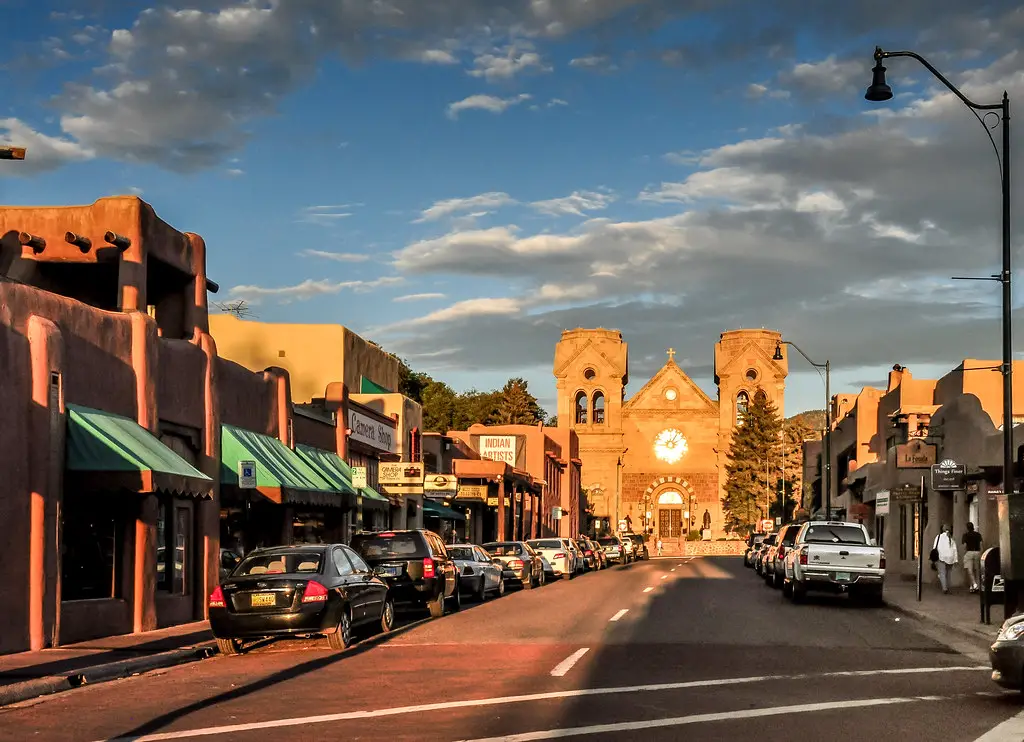
Santa Fe, a city known for its art scene and southwestern charm, has become an attractive location for second-home buyers seeking a peaceful retreat. However, with its increasing popularity, the city is experiencing a rise in property prices, which is putting pressure on local residents. In an effort to manage this influx, Santa Fe is implementing higher taxes on second homes, especially those that are left vacant or used for short-term rentals. According to city officials, this policy aims to ensure that more homes are available for full-time residents and that the housing market remains stable and affordable.
The new taxes will be levied on properties that are not occupied year-round, encouraging owners to either rent them out to locals or sell them. Santa Fe’s real estate market has been heavily influenced by second-home buyers, many of whom use their properties for only a few weeks a year. By increasing taxes on these vacant properties, the city hopes to reduce the pressure on its housing supply. While second-home owners may feel the financial impact of the tax increases, the city believes the measure will help maintain the balance between tourism and affordable living for residents.
6. Montauk, New York
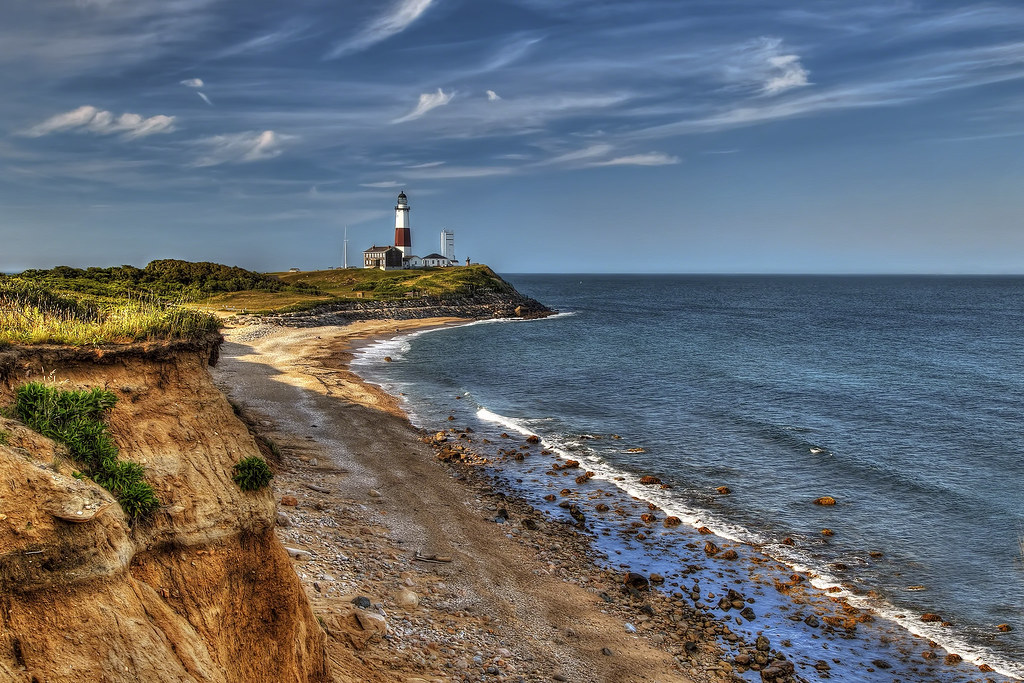
Montauk, a beachside retreat at the tip of Long Island, has become increasingly popular with affluent buyers seeking a getaway property. As a result, home prices have surged, pricing out many of the area’s long-time residents. In response to this trend, Montauk is introducing a new tax structure for second-home owners, with the goal of slowing down the rising cost of real estate. Local officials believe that by taxing vacant properties at a higher rate, they can reduce the number of absentee owners and increase the availability of homes for full-time residents.
Montauk’s new tax policies will target homes that are used solely as vacation properties, particularly those that are left empty for extended periods. The area’s real estate market has seen significant increases in home values, making it difficult for local workers to afford housing in the community. By discouraging absentee ownership, Montauk hopes to ensure that the homes in the area are used to meet the needs of permanent residents. While second-home owners may not be pleased with the changes, these policies are seen as necessary to maintain the integrity of the community and its housing market.
7. Vail, Colorado

Vail is another popular ski destination that has seen a surge in second-home ownership, pushing up property prices and making it harder for locals to find affordable housing. As a result, local officials are implementing higher property taxes on second homes, with the goal of discouraging speculative investment in vacation properties. According to Vail’s real estate market data, many homes in the area are owned by individuals who only use them for a few weeks during ski season, leaving them vacant for much of the year. The new taxes are aimed at encouraging owners to either rent out their homes or sell them to individuals who plan to make the area their primary residence.
In addition to higher property taxes, Vail is also introducing restrictions on short-term rentals, further discouraging the use of second homes as vacation properties. These measures are part of a broader effort to address the growing housing crisis in mountain resort towns across Colorado. While some second-home owners may be unhappy with the tax increases, local residents and workers are largely supportive of the changes. By targeting absentee owners, Vail hopes to make more properties available to full-time residents and reduce the impact of luxury vacation homes on the local housing market.
8. Bend, Oregon

Bend, known for its outdoor recreational opportunities and stunning scenery, has become a popular location for second-home buyers. However, the rise in demand for vacation properties has led to an increase in housing prices, making it difficult for local residents to afford homes. In an effort to address this issue, Bend is increasing property taxes on second homes, particularly those that are left vacant or used for short-term rentals. The new tax policy aims to ensure that more homes are available for full-time residents and that the city’s housing market remains affordable for locals.
Bend’s new tax measures will apply to properties that are not occupied year-round, with higher rates for homes that are used primarily as vacation rentals. The city is also considering additional policies that would encourage second-home owners to rent their properties to locals or sell them. As the city grapples with rising housing costs, these measures are seen as a way to protect affordable housing for local workers and families. By discouraging absentee ownership, Bend hopes to maintain its reputation as a desirable place to live while ensuring that housing remains accessible to those who call the city home.
9. Lake Tahoe, California
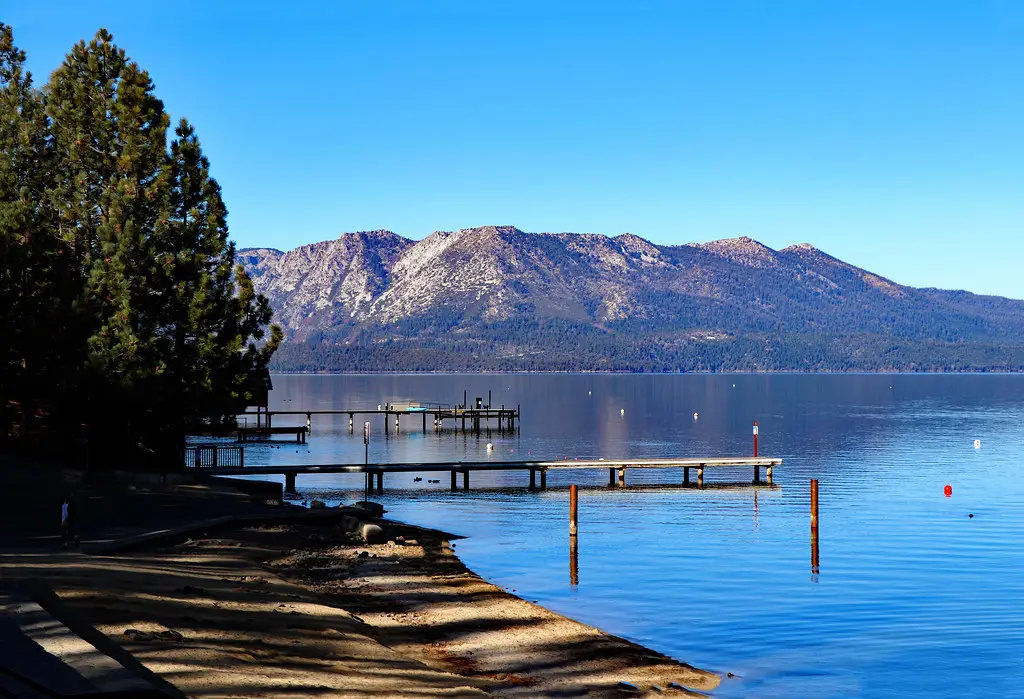
Lake Tahoe, a popular destination for outdoor enthusiasts and vacationers, has seen a significant increase in second-home ownership in recent years. As a result, the area is facing a shortage of affordable housing for locals, with many homes left vacant for most of the year. To address this issue, Lake Tahoe is implementing new taxes on second homes, particularly those that are not occupied year-round. The taxes are designed to encourage owners to either rent their properties to locals or sell them to individuals who plan to use them as primary residences.
The new tax structure will apply to properties that are vacant for more than a specified number of days each year, with higher rates for homes used as vacation rentals. Lake Tahoe officials believe that by discouraging absentee ownership, they can help alleviate the housing shortage in the area. While the changes may be unpopular with second-home owners, they are seen as necessary to ensure that the local housing market remains accessible to year-round residents. Lake Tahoe hopes that these new taxes will strike a balance between tourism and long-term community stability.
10. Martha’s Vineyard, Massachusetts

Martha’s Vineyard is a renowned vacation destination that attracts second-home buyers from across the U.S. and beyond. The island’s appeal lies in its picturesque landscapes and rich cultural history, but the influx of absentee property owners has made it increasingly difficult for local residents to afford housing. To combat this issue, Martha’s Vineyard is introducing higher taxes on second homes, specifically targeting those that are used as vacation properties. The new tax rates are part of a broader effort to maintain affordable housing for local residents and discourage the growth of a housing market dominated by second-home investors.
Martha’s Vineyard’s new tax policies will apply to homes that remain vacant for extended periods and are not rented out to locals. The island has been grappling with rising property prices, which have been fueled in part by wealthy buyers seeking vacation homes. The introduction of these higher taxes is expected to encourage second-home owners to either rent their properties or sell them to full-time residents. As the island continues to face housing challenges, local officials are hopeful that these measures will help ensure that the housing market remains accessible to the community’s year-round residents.
11. Big Sur, California
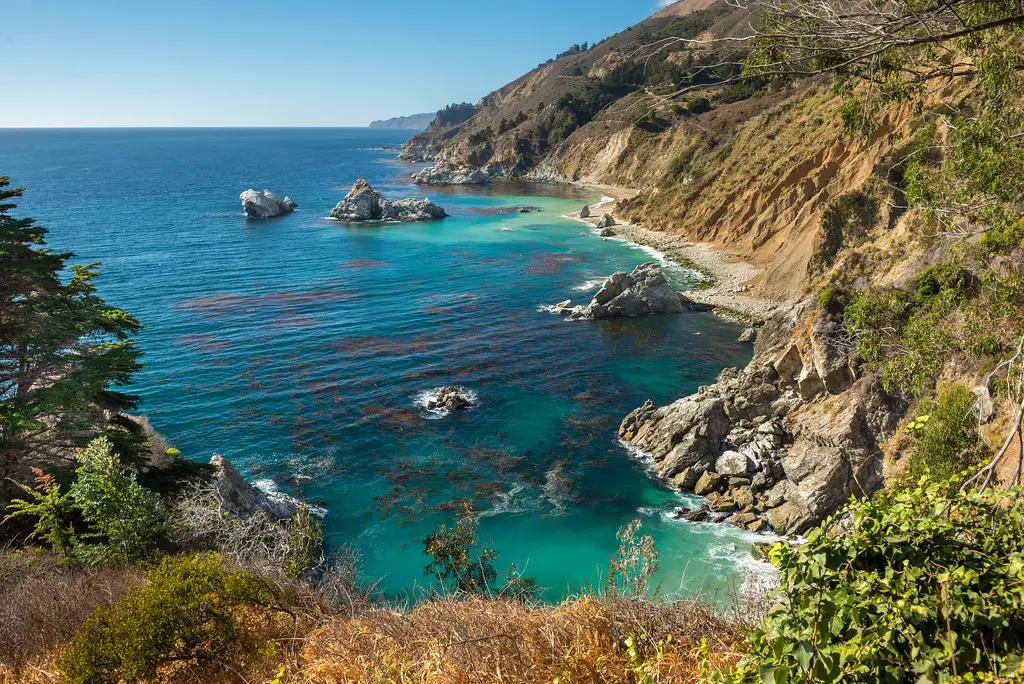
Big Sur, with its breathtaking coastline and rugged terrain, has long been a coveted spot for second-home buyers looking for a tranquil retreat. However, the influx of luxury buyers has led to skyrocketing property prices, making it more difficult for locals to find affordable housing. To address this issue, Big Sur is introducing new taxes on second homes, particularly those that are used only as vacation properties. These taxes are designed to encourage owners to either rent their homes to locals or sell them to full-time residents.
Big Sur’s new tax structure will apply to homes that are vacant for long periods, with higher rates for properties that are rented out as short-term vacation homes. Local officials hope that by imposing these taxes, they can reduce the number of absentee owners and make more homes available for full-time residents. The community’s housing crisis has worsened in recent years, and these measures are seen as a way to ensure that the area remains accessible to locals. While some second-home owners may resist these changes, many residents believe they are necessary to preserve the character of Big Sur and maintain affordable housing in the area.
12. Telluride, Colorado
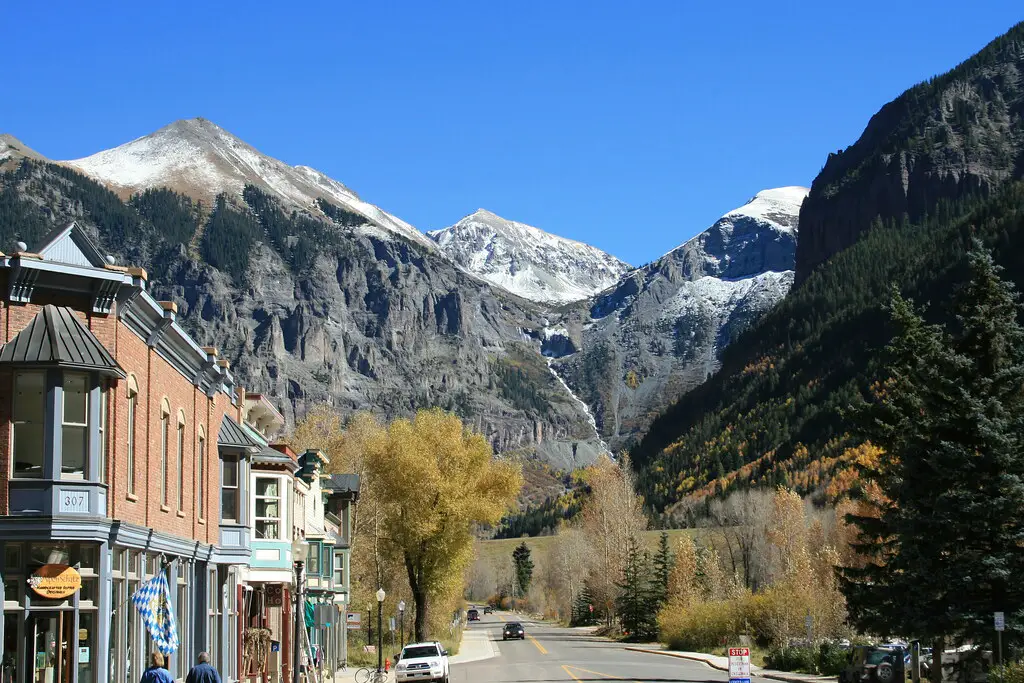
Telluride is another Colorado town that has become a prime destination for second-home buyers, leading to rising property prices and a housing shortage for locals. In response, Telluride is introducing higher property taxes for second-home owners, particularly those who use their homes only for a few weeks during the year. The new taxes are designed to make second homes more expensive for absentee owners and encourage them to either rent out their properties to locals or sell them. This policy aims to ease the pressure on the local housing market and ensure that there are more affordable options for full-time residents.
Telluride has long been known for its upscale real estate, but with a population of just over 2,000 people, the town’s housing market is feeling the strain of second-home ownership. These new tax measures are part of a broader effort to address the growing housing crisis in mountain towns across Colorado. The local government hopes that by targeting absentee owners, they can stabilize the housing market and make more properties available to those who live and work in Telluride year-round. While second-home owners may not be happy about the tax increases, the local community has largely supported the changes.
13. Sun Valley, Idaho

Sun Valley has long been a popular getaway destination for affluent buyers looking for a luxury retreat in the mountains. However, the increasing demand for second homes in the area has led to soaring property prices, making it increasingly difficult for locals to afford housing. In an attempt to address this issue, Sun Valley has implemented new taxes on second homes, particularly those that are left vacant for extended periods. The tax increase is part of a broader strategy to ensure that local residents have access to affordable housing and that the area’s housing market remains sustainable.
Sun Valley’s new tax policies will target homes that are used solely for vacation purposes, leaving them vacant for much of the year. Local officials hope that the tax increases will discourage absentee ownership and make more homes available for full-time residents. The area has been dealing with rising housing prices in recent years, and these measures are seen as a necessary step to protect affordable housing for the local workforce. While some second-home owners may push back against these new taxes, they are part of an effort to ensure that Sun Valley remains a livable community for those who call it home year-round.
